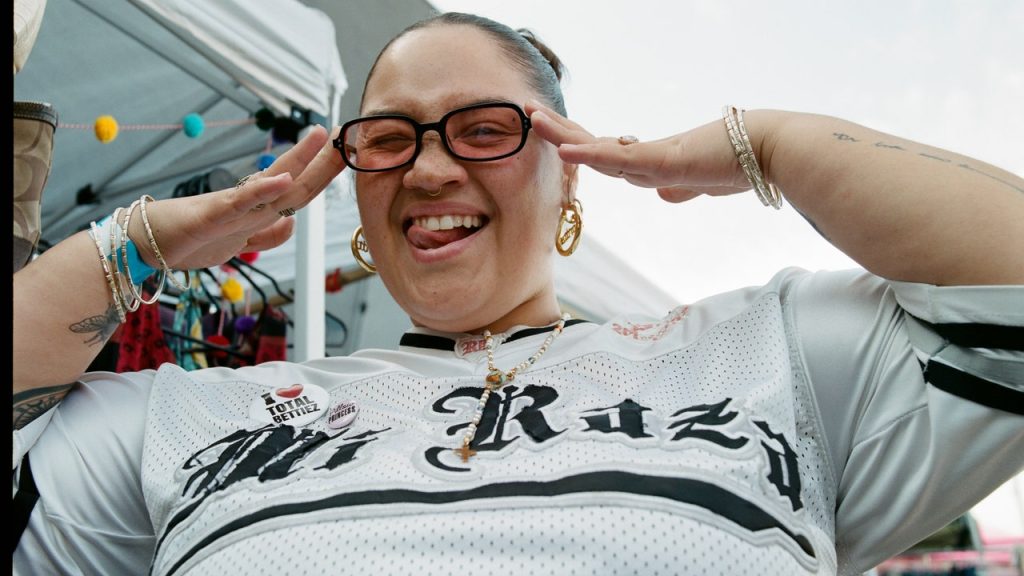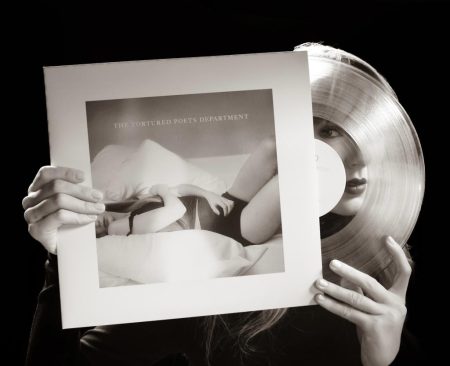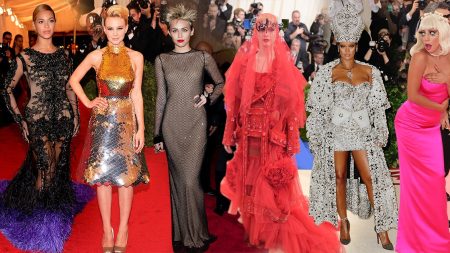Summarize this content to 2000 words in 6 paragraphs I can still remember the first vintage purchase I ever made. It was a dropped-waist, neon-pink, polka-dot 50s-era day dress, and I paid $35 worth of my babysitting money for it at the Manhattan Vintage Clothing Show, which I first scammed my cool aunt into taking me to in 2007. I honestly don’t remember ever wearing the dress (there aren’t that many opportunities for an eighth-grader to cosplay as Doris Day, it turns out), but I was so proud just to have it hanging in my closet, an eye-catching sentry among my drab uniform skirts and off-brand Lacoste polo shirts that reminded me there was more to me–and to life–than being continually overlooked at school. Someday, I vowed back then, I’d have an entire closet of gorgeous vintage clothes; ones I’d actually wear.True to my word, I kept shopping primarily from vintage and used stores for the next decade or so, supplementing my Madewell basics with floaty witch dresses from the Goodwill near my college campus in Ohio and expensive jeans I’d pick up for a fraction of their original cost at Wasteland on Melrose once I moved to L.A. after graduation. I did my best to unearth old clothes, jewelry, shoes and purses everywhere I went, shyly showing up again and again at my best-loved stores and eventually making friends with vintage dealers everywhere from Moscow to Maine; vintage clothing provided a community for me when I was badly in need of one as a weird, too-online kid, showing me that my peculiar sense of beauty could be appreciated by people out in the “real world.” Maybe that’s why it hurt so bad when it all–quite literally–stopped fitting.After a childhood and early adulthood spent mostly skinny but fearing fat constantly, I gained a significant amount of weight starting when I was about twenty-six. After a predictable period of floundering around hating myself, I decided I was done; I still loved clothes passionately, and I didn’t want to hide my body in drab navys and grays when I could be draped in color, bejeweled, bedazzled, and generally visible despite (or because of?) my fatness. Unfortunately, the vintage world I’d once found solace in didn’t seem too psyched about my new proportions; my usual favorite shops tended to max out at a size large–or maybe, if I was really lucky, extra-large–in just about everything, and when I brought up the issue tentatively with a vintage shop proprietor I’d known for years, she shrugged and told me: “There’s just not a lot of plus-size vintage clothing out there. People used to be smaller.” (Does it go without saying that she was thin?)For a while, those words daunted me, mostly because they felt true. I didn’t know where to look for plus-size vintage clothing, and once I was told by what I considered to be a reliable source that it pretty much didn’t exist, I stopped trying; I was living in Austin, Texas by then, home to some of the country’s best vintage, but I mostly kept my shopping to random knicknacks and vintage UT Austin memorabilia, cowed by the notion that my body (and my newfound confidence in it) didn’t belong in clothes from the past. All that changed, though, when I discovered the Instagram account @historicalfatpeople, which features exactly what you’d think; fat people throughout the years, living their lives, as it turns out we tend to do despite the ill winds of fatphobia and bigotry that so often shift our way. Following the account and getting daily exposure to all kinds of bodies in all kinds of clothes emboldened me, and soon (although I wish it were sooner), I was ready to dress like myself–or for myself—again.
Keep Reading
Subscribe to Updates
Get the latest creative news from FooBar about art, design and business.
© 2024 Globe Echo. All Rights Reserved.















